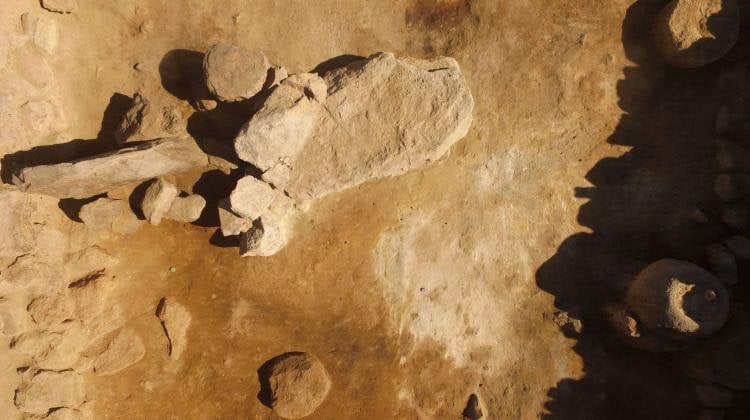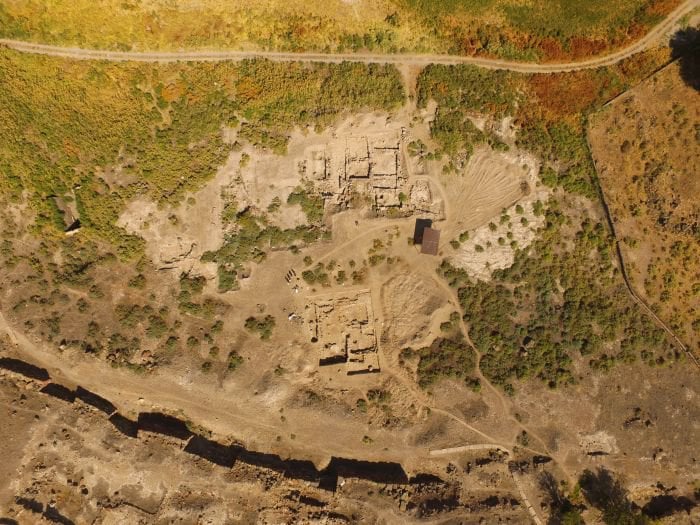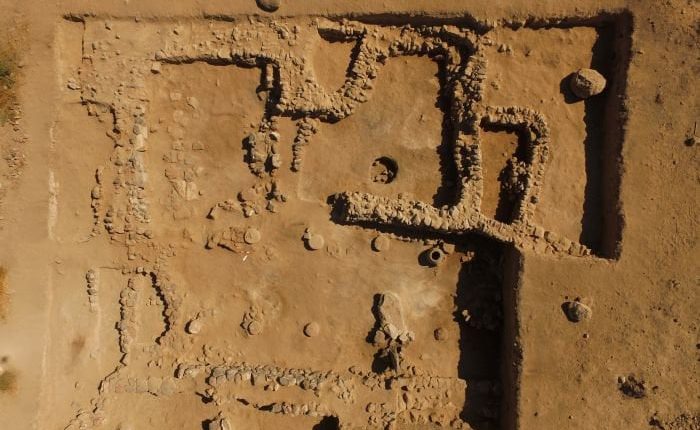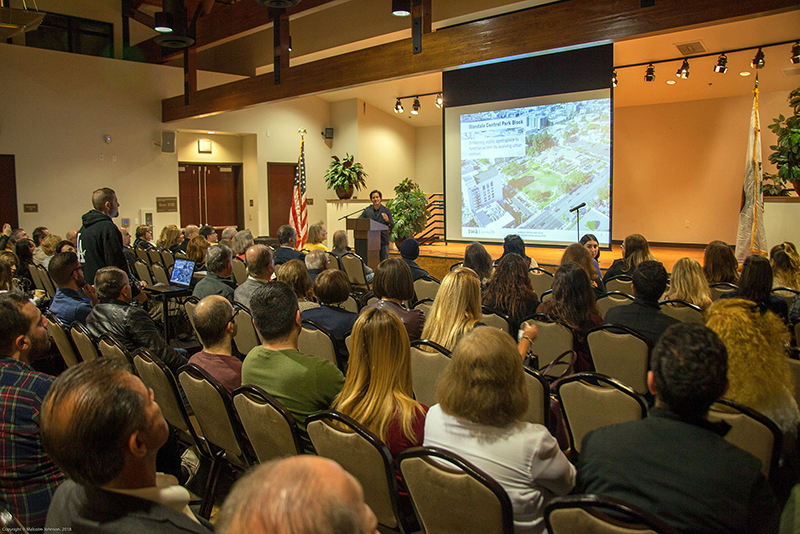Last fall, when researchers unearthed the remains of a 3,000-year-old structure in the western Armenian town of Metsamor, they faced two mysteries: First, they didn’t know what purpose the structure had served. Beyond that, a strange powdery substance covering the area left them stumped.
“We knew it was something organic and collected about four to five sacks worth of the material,” Krzysztof Jakubiak, an archaeologist at the University of Warsaw who led the excavation, tells Live Science’s Jennifer Nalewicki.
The team assumed, at first, the material was simply ash. After all, charred remnants of the building’s reed roof and wooden beams indicated it had met its end in a fire.
But upon closer examination, the substance was “decoded and recognized as remains of wheat flour,” says Jakubiak to Artnet’s Vittoria Benzine. “The samples were examined by an archaeobotanist expert, who confirmed this preliminary supposition.”
These findings solved both of the team’s mysteries at once. The powder wasn’t ash, but wheat flour. They had unearthed an ancient bakery.


Archaeologists estimate that the structure could have once held as much as 3.5 tons of flour, making it a site for mass production. They also found that furnaces were likely added after the building’s construction, indicating that the structure may have once served another purpose. Before becoming a bakery, perhaps it was “used for ceremonies or meetings, and then was turned into storage,” says Jakubiak to Live Science.
The bakery’s flour is now far past its prime. Still, the discovery remains important; the building is one of the oldest known structures of its kind from the southern Caucasus and eastern Anatolia, per Szymon Zdzieblowski of Science in Poland.
The building appears to have operated between the late 11th and early 9th century B.C.E. as part of the fortified settlement established at Metsamor in the 4th millennium B.C.E.


Little is known about the settlement, which covered 247 acres before being conquered in the eighth century B.C.E. by Argishti I, since its ancient inhabitants did not have a written language, according to Science in Poland. However, archaeologists continue to learn more about Metsamor through new discoveries, including a recently unearthed tomb filled with gold pendants. Jakubiak tells Live Science that his team plans to continue to examine the bakery, which is remarkably well-preserved, in order to gain more insight into Metsamor’s history.
“Because the structure’s roof collapsed during a fire, it shielded everything, and luckily, the flour survived,” he adds. “It’s astounding; under normal circumstances, everything should be burned and gone entirely.”










